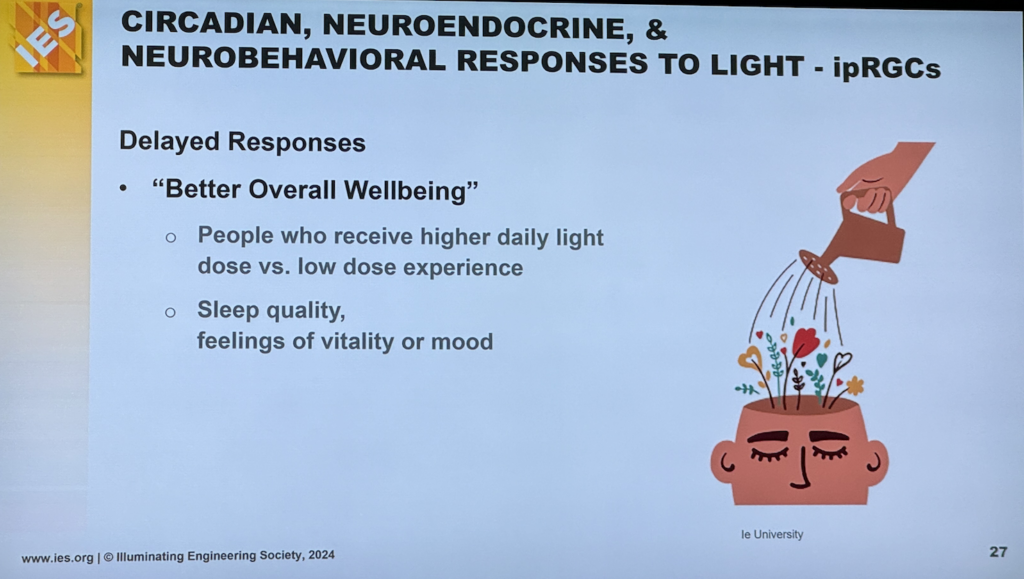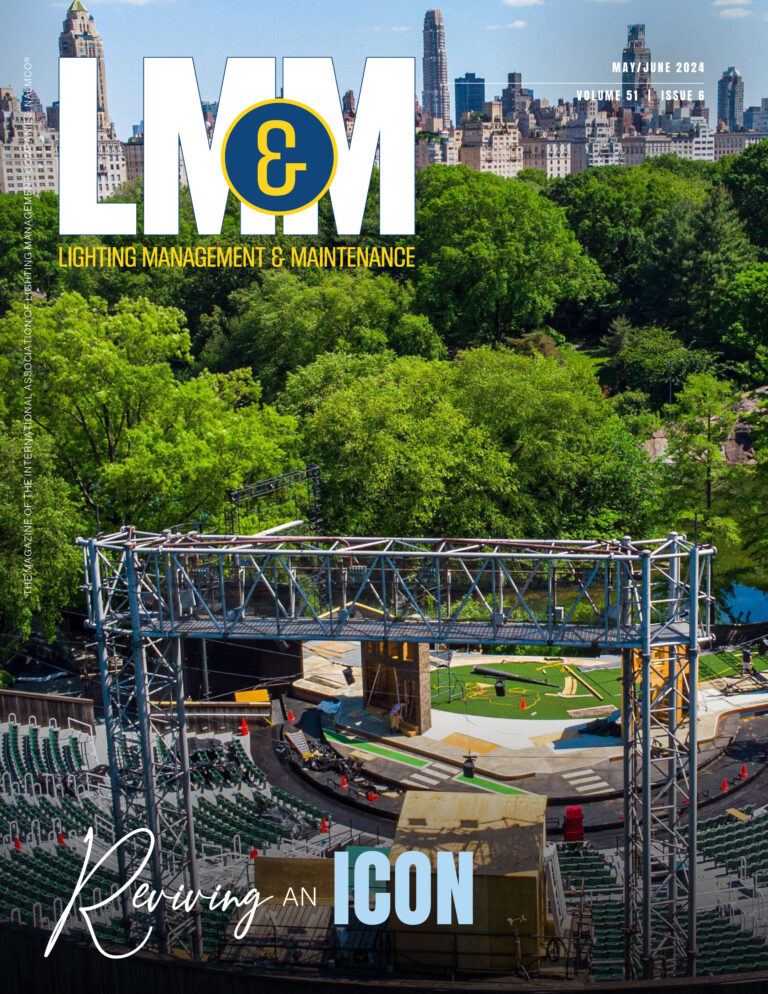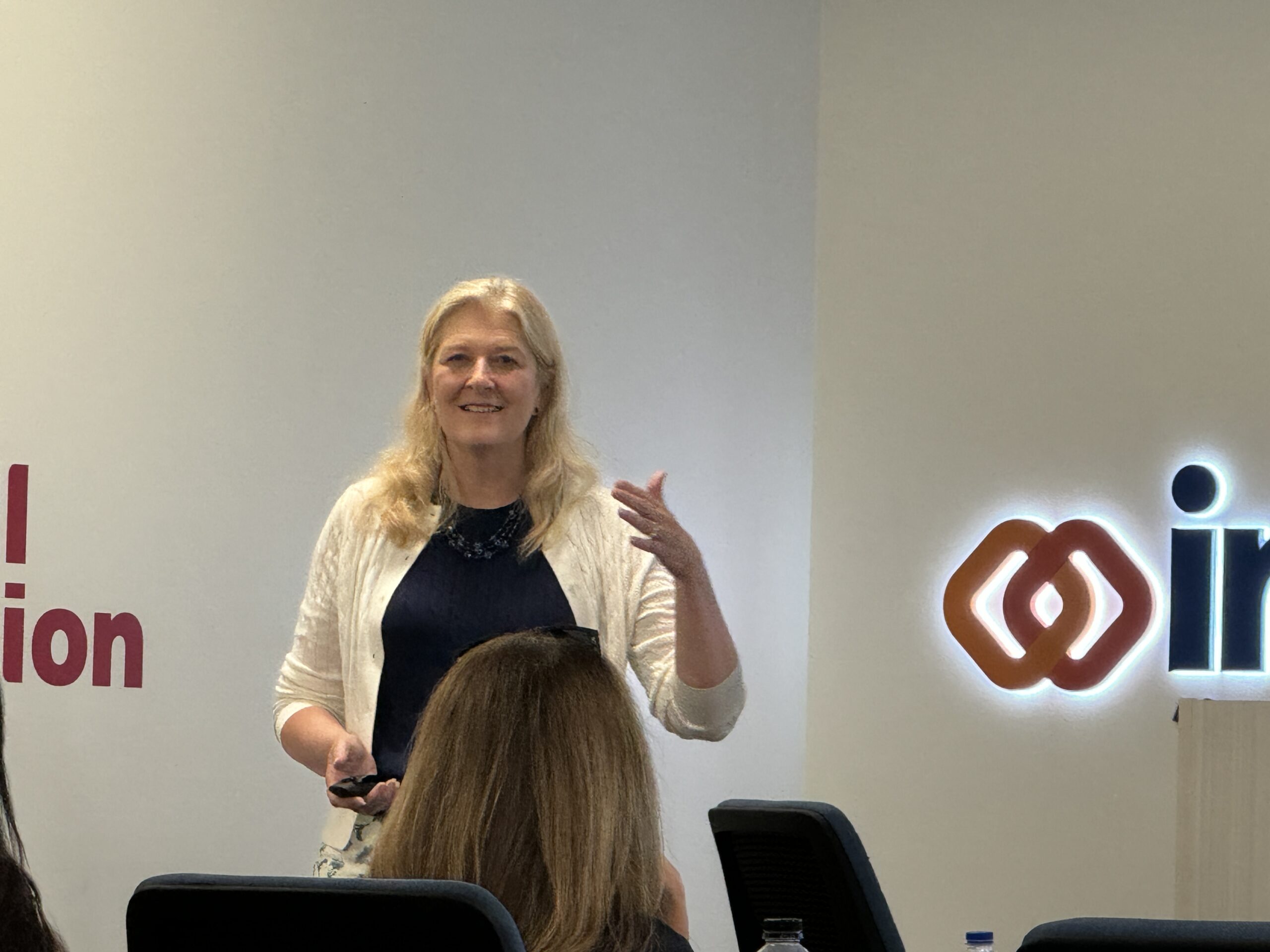Highlights from the IES Lighting Education Tour: Light & Human Health
Your humble editor attended last week’s IES Lighting Education Tour, Light & Human Health, which kicked off in Nashville at Crawford Electric Supply, a Sonepar Company. Cooper Lighting Solutions sponsored the five-city tour. Tennessee Lighting Sales was the local sponsor, with Acuity Brands promoting the networking lunch and LEDVANCE sponsoring the break.

Brienne Willcock, LC, IES Director of Education and Standards, provided an IES update, mentioning the formation of two new international sections and listing committees seeking volunteers.

Past IES President Kim Mercier took the stage and began explaining the role of spectral sensitivity in vision. She gave a detailed presentation about photoreceptor sensitivity and function, the discovery of non-visual photoreceptors, polychromatic and monochromatic light in research, and the role of melanopsin. She explained cones and rods, and the role of ipRGCs (photoreceptors for functions primarily other than vision). Her technical explanations set the stage for Karen Murphy, LC, IALD, LEED AP, a lighting designer for HDR, who explained real-world applications of this knowledge.
A Designer’s Perspective
Karen gave the example of a basement in an office building with the same construction layout as the first floor. The basement had been unused. Designing with human-centric ideas, she discussed the importance of quality lighting and using specific types of glass, settling on a textured type. She shared examples of the project’s success: one employee thought the backlit glass was a window and was seen walking toward it on his cell phone, asking, “Can you hear me now?” Another employee remarked, “This is a basement?” Karen’s human-centric design increased the usable square footage of the building.
Karen also provided tips for designers when bidding on lighting jobs. She encouraged designers to use concise marketing materials with photos and graphics rather than text. She suggested identifying spaces where circadian-supportive designs can have the greatest impact (timing and duration are key). Additionally, she advised recognizing access to key decision-makers and involvement during construction and commissioning, understanding project goals, documenting controls, and keeping it simple.
Karen stressed the importance of BOD sets in establishing the construction cost baseline, noting that additions later are exponentially more difficult. She asked the audience, “What tools are you using to establish and check construction costs?” This sparked a great discussion on cost overruns and overages. Karen emphasized that reps need to make overages, as this helps when there are on-site issues. She explained, “A rep earning a fair commission on a job is much more likely to step up when drivers need to be replaced or a different CCT luminaire needs to be added.”
An Attendee’s Perspective
Frank Austin, Principal of TaxCentric Lighting, drove from Louisville to attend. He enjoyed the event very much, telling me, “I thought it was very informative and right for the time. With LED lighting being around long enough, people need to understand that there can be issues with LEDs and the human visual system. They did a good job explaining how the eye sees light.”
Attendees earned 6 CEUs/AIA-HSWs, and IES Standards TM-18-18 and RP-46-23 were included in the cost of registration.
The roadshow lasted the entire day and my article can’t do justice to all of the great information that was presented, but there are four more scheduled, and the next one is on 11 JUN in Upper Marlboro, MD. Register here.




